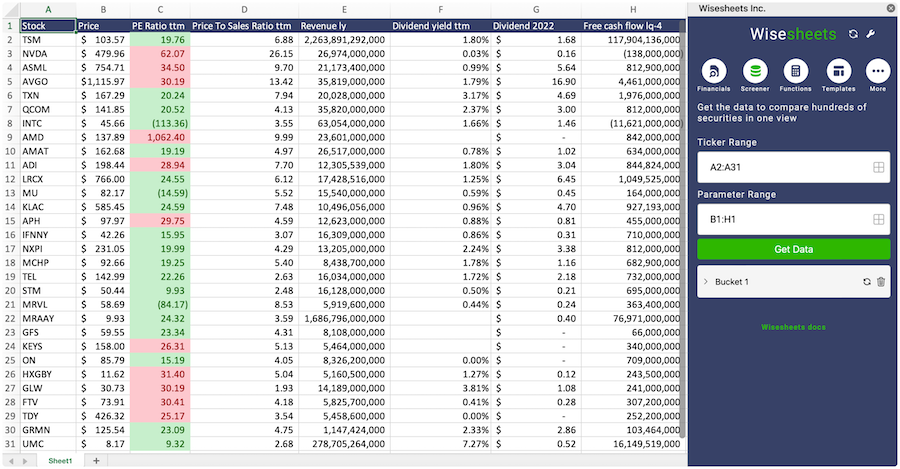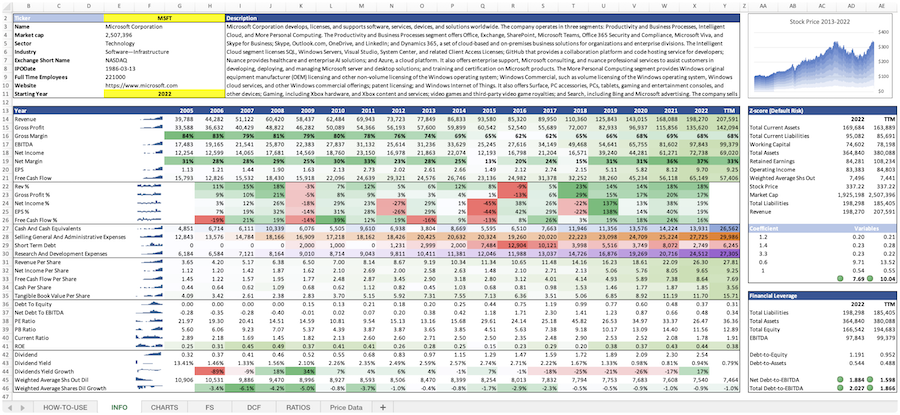HFB Financial Corporation
HFBA
Price:
$32.5
Market Cap:
$37.03M
HFB Financial Corporation operates as the bank holding company for Home Federal Bank Corporation that provides various banking and financial services to individuals and corporate customers. The company offers checking accounts, saving accounts, money market accounts, time deposits, health savings accounts, individual retirement accounts, and overdrafts. It also provides personal, recreational and car, mortgages, home improvement, construction, home equity, and business loans. In addition, the company offers various insurance products, such as life and long-term care insurance products, as well as fixed and variable annuities. Further, it invests in retirement planning, college funding, and e...[Read more]
Industry
Banks - Regional
IPO Date
1999-03-17
Stock Exchange
OTC
Ticker
HFBA
PE Ratio
[14.57]
ROE
[5.48%]
Current Ratio
[0.11]
Dividend Yield
[2.52%]
Enterprise Value
[48.92M]
Dividend History
The PE Ratio as of December 2025 (TTM) for HFB Financial Corporation (HFBA) is 14.57
According to HFB Financial Corporation’s latest financial reports and current stock price. The company's current PE Ratio is 14.57. This represents a change of 59.31% compared to the average of 9.15 of the last 4 quarters.
HFB Financial Corporation (HFBA) Historical PE Ratio (quarterly & annually)
How has HFBA PE Ratio performed in the past?
The mean historical PE Ratio of HFB Financial Corporation over the last ten years is 11.19. The current 14.57 PE Ratio has changed 12.92% with respect to the historical average. Over the past ten years (40 quarters), HFBA's PE Ratio was at its highest in in the June 2000 quarter at 23.30. The PE Ratio was at its lowest in in the March 2003 quarter at 8.05.
Average
11.19
Median
10.73
Minimum
7.41
Maximum
15.46
HFB Financial Corporation (HFBA) PE Ratio by Quarter and Year
Discovering the peaks and valleys of HFB Financial Corporation PE Ratio, unveiling quarterly and yearly fluctuations to gain insights into the company’s financial performance and market dynamics, offering valuable data for investors and analysts alike.
Maximum Annual Increase = 40.07%
Maximum Annual PE Ratio = 15.46
Minimum Annual Increase = -30.69%
Minimum Annual PE Ratio = 7.41
| Year | PE Ratio | Change |
|---|---|---|
| 2024 | 13.44 | 29.49% |
| 2023 | 10.38 | 40.07% |
| 2022 | 7.41 | -30.69% |
| 2021 | 10.69 | 10.43% |
| 2020 | 9.68 | -21.56% |
| 2019 | 12.34 | 15.00% |
| 2018 | 10.73 | -3.30% |
| 2017 | 11.10 | 3.39% |
| 2012 | 10.73 | -30.58% |
| 2011 | 15.46 | 26.96% |
HFB Financial Corporation (HFBA) Average PE Ratio
How has HFBA PE Ratio performed in the past?
The current PE Ratio of HFB Financial Corporation (HFBA) is greater than its 3-year, greater than its 5-year, and greater than its 10-year historical averages
3-year avg
10.41
5-year avg
10.32
10-year avg
11.19
HFB Financial Corporation (HFBA) PE Ratio vs. Peers
How is HFBA’s PE Ratio compared to its peers?
HFB Financial Corporation’s PE Ratio is greater than Security Bancorp, Inc. (7.14), greater than Community Bancorp of Santa Maria (10.03), greater than High Country Bancorp, Inc. (9.68), greater than Middlebury National Corporation (11.15), greater than Hocking Valley Bancshares, Inc. (9.45), greater than Bank of Labor Bancshares, Inc. (0), greater than Pioneer Bankshares, Inc. (5.28), greater than Exchange Bankshares, Inc. (9.28), less than Coeur d'Alene Bancorp, Inc. (24.06), greater than Woodlands Financial Services Company (8.10),
| Company | PE Ratio | Market cap |
|---|---|---|
| 7.14 | $35.56M | |
| 10.03 | $39.46M | |
| 9.68 | $36.64M | |
| 11.15 | $38.87M | |
| 9.45 | $32.95M | |
| 0 | $31.09M | |
| 5.28 | $31.06M | |
| 9.28 | $41.71M | |
| 24.06 | $32.43M | |
| 8.10 | $37.78M |
Build a custom stock screener for HFB Financial Corporation (HFBA) and other stocks
One of the best ways to find valuable stocks to invest in is to build a custom made screener in your Excel or Google Sheets spreadsheet. This allows you to compare thousands of companies like HFB Financial Corporation using the financials and key metrics that matter to you in a single view.
The easiest way to set this up is to use the Wisesheets add-on and set your spreadsheet like this:
Covering all these metrics from financial, data, dividend data, key metrics and more you can get all the data you want for over 50+ exchanges worldwide.
Get your free trial here.
HFB Financial Corporation (HFBA) and other stocks custom spreadsheet templates
The easiest way to analyze a company like HFB Financial Corporation or any others is to create a spreadsheet model that automatically retrieves all of the stock data you need.
Using Wisesheets you can set up a spreadsheet model like this with simple spreadsheet formulas. If you change the ticker you can get all of the data automatically updated for you.
Whether you need live data, historical price data, financials, dividend data, key metrics, analyst estimates, or anything else...Wisesheets has you covered.
Frequently asked questions❓
What is the PE Ratio?
How can you use the PE Ratio?
What is HFB Financial Corporation's PE Ratio?
How is the PE Ratio calculated for HFB Financial Corporation (HFBA)?
What is the highest PE Ratio for HFB Financial Corporation (HFBA)?
What is the 3-year average PE Ratio for HFB Financial Corporation (HFBA)?
What is the 5-year average PE Ratio for HFB Financial Corporation (HFBA)?
How does the current PE Ratio for HFB Financial Corporation (HFBA) compare to its historical average?

